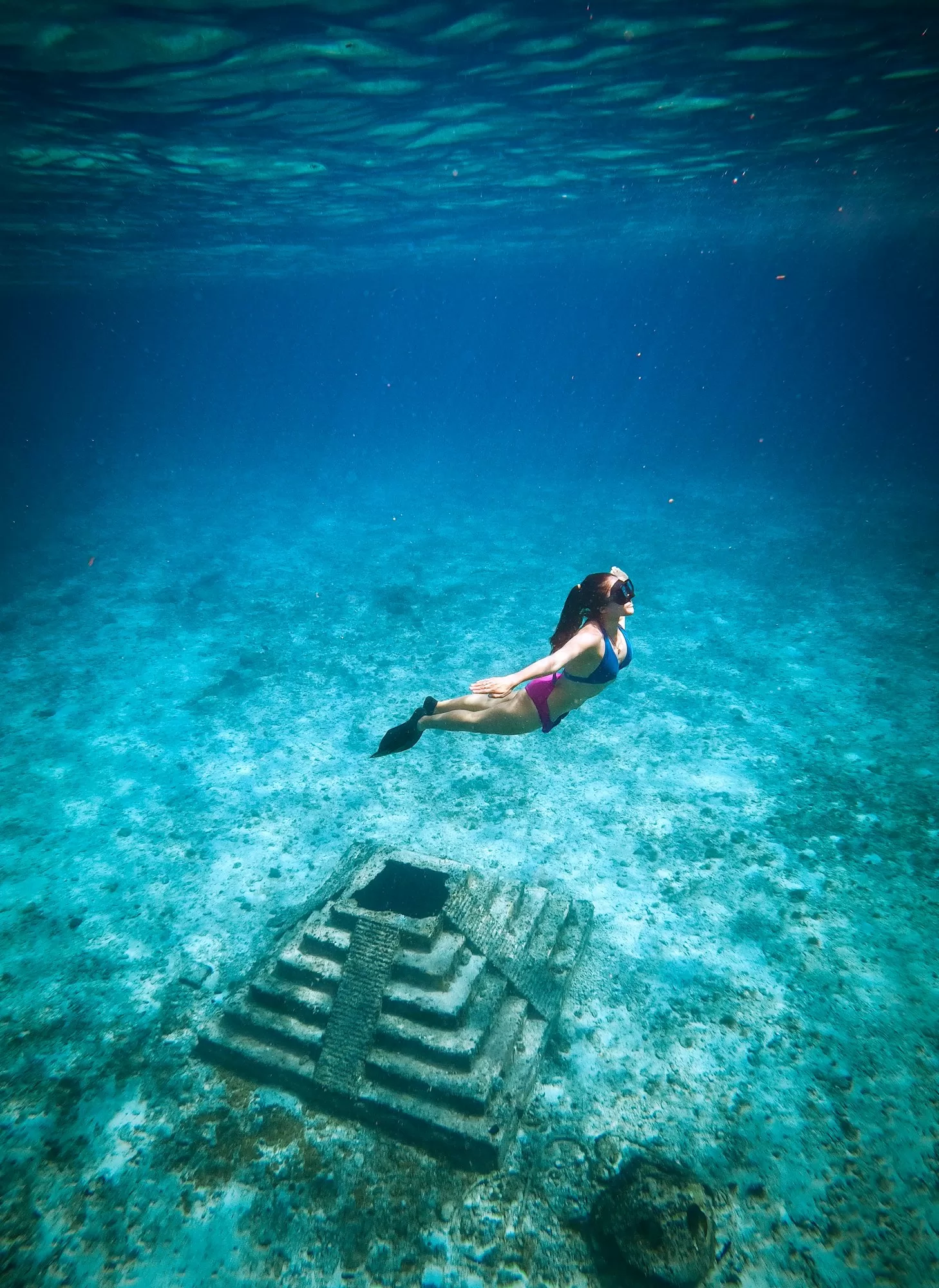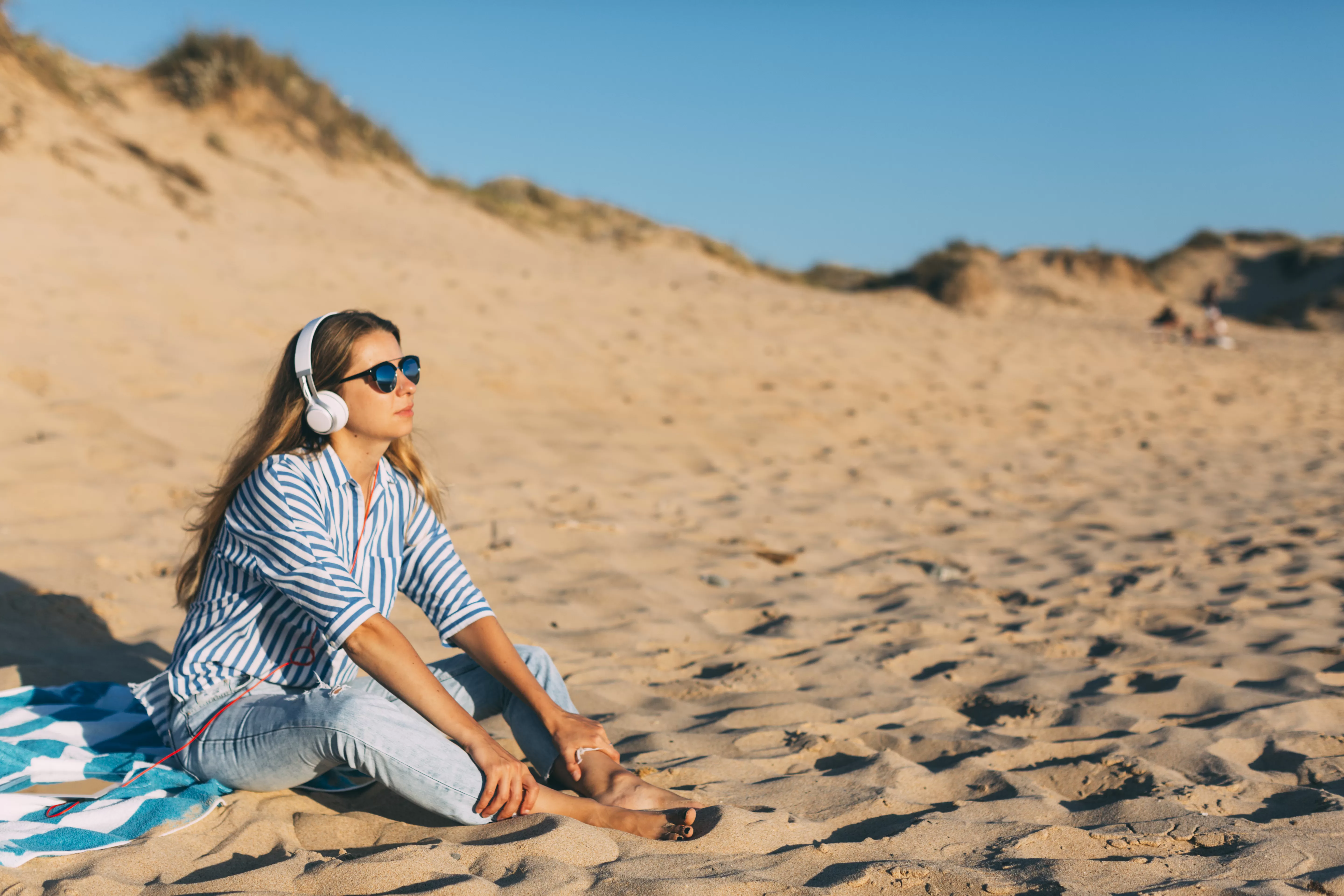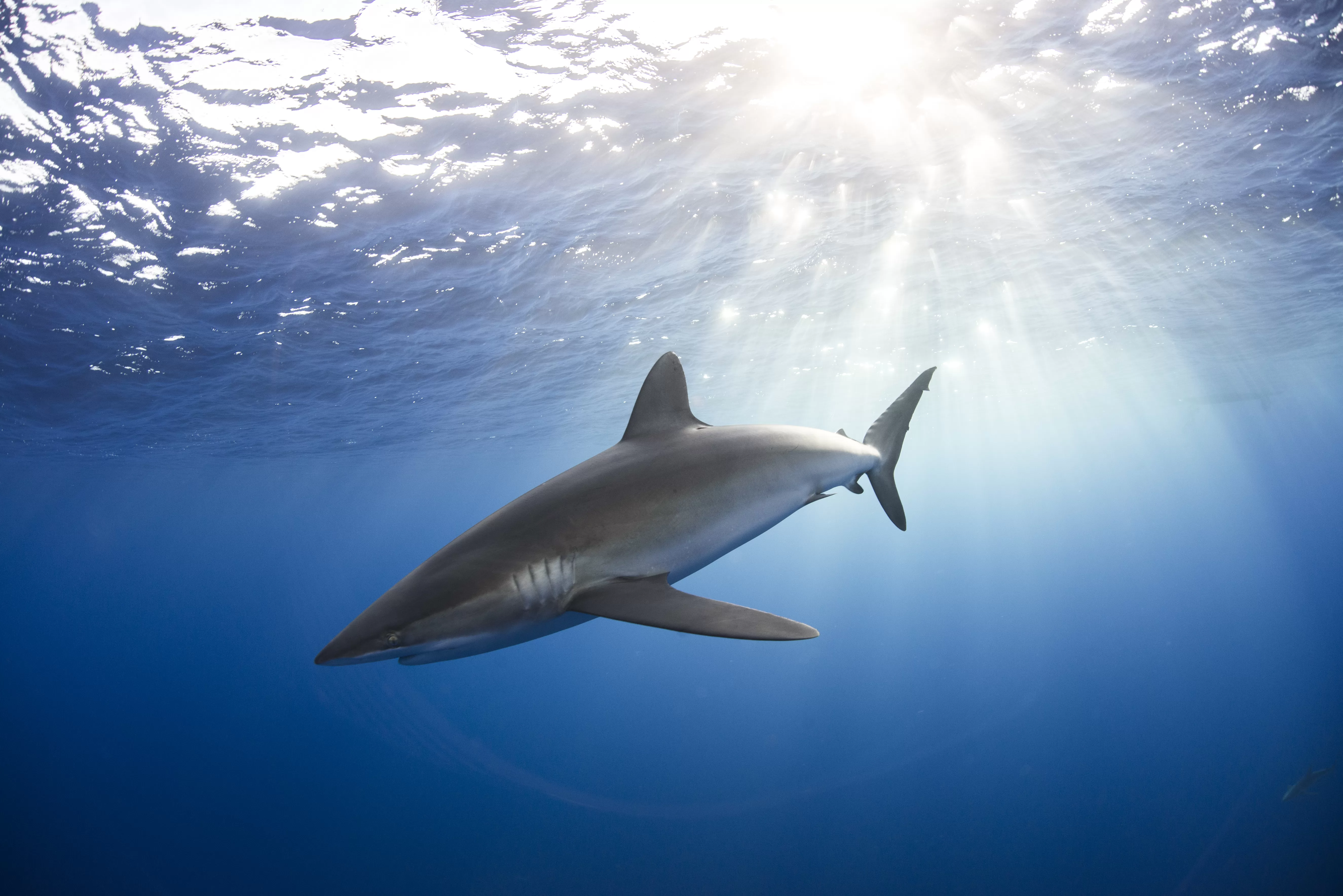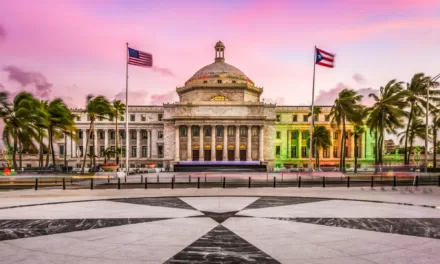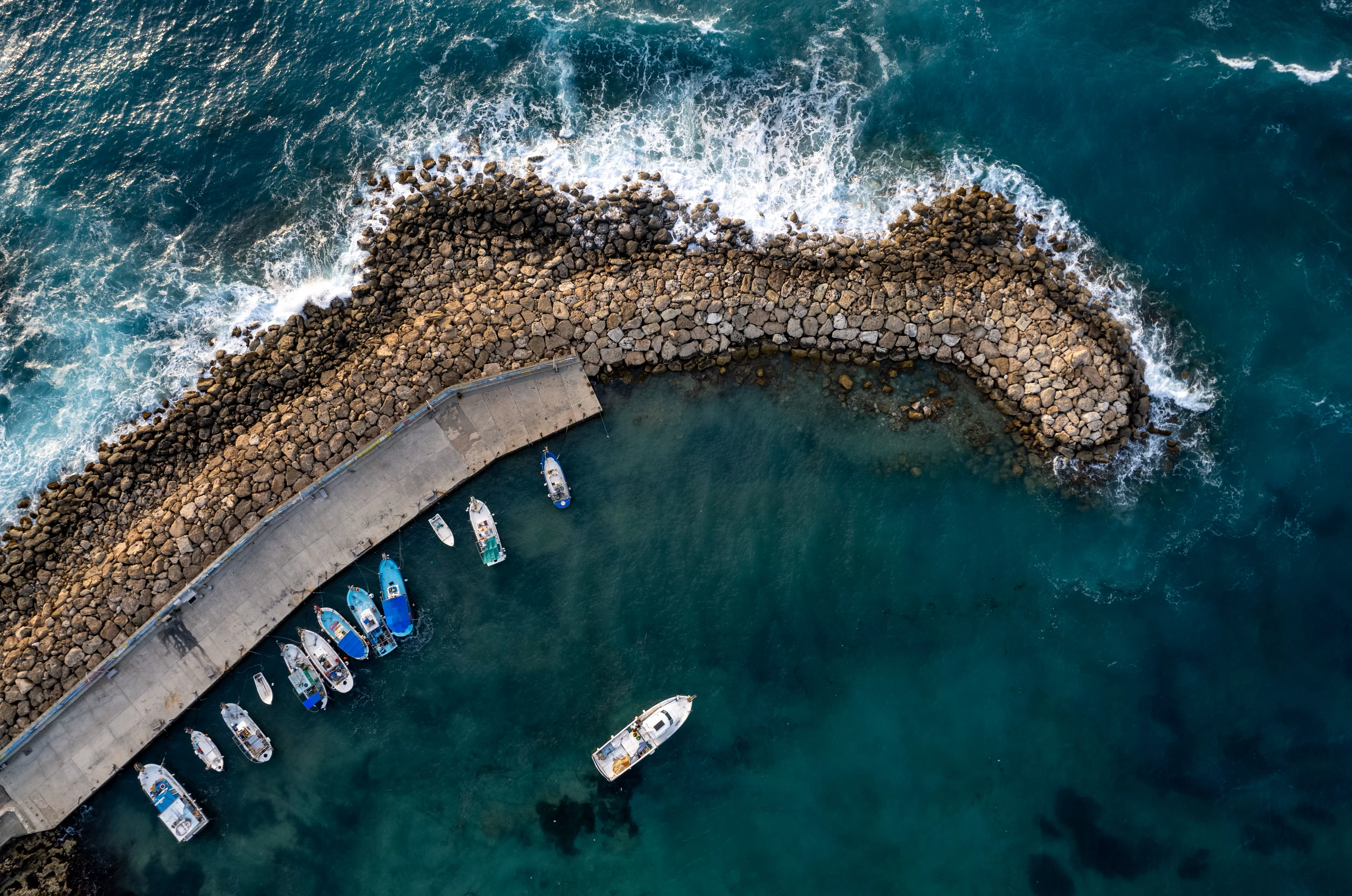Ahoy, fellow sea enthusiasts and underwater adventurers! Welcome to a splashy journey where we dive (quite literally) into one of the world’s most spectacular underwater realms. Picture this: the sun-kissed island of Cozumel, Mexico – a slice of paradise for those who dream in shades of blue and bubbles. But wait, it gets better. Imagine gliding through the warm, crystal-clear waters, where the vibrant hues of the marine world come alive. This is Cozumel, not just any diving destination, but a mecca for scuba divers globally.
Now, let’s zero in on the crown jewel of Cozumel’s underwater kingdom – the Palancar Reef. This isn’t just a reef; it’s an underwater tapestry woven with colorful corals, bustling marine life, and a sense of mystery that beckons divers from all corners of the globe. Whether you’re a seasoned diver or a curious newbie, Palancar Reef is like that one friend who never runs out of fascinating stories. So, strap on your fins, adjust your mask, and let’s plunge into the alluring depths of Palancar Reef.
The Allure of Palancar Reef
Palancar Reef isn’t just another tick on your dive bucket list; it’s a whole chapter. Why, you ask? For starters, this submerged marvel is part of the Mesoamerican Barrier Reef System, the second-largest barrier reef in the world. Think of it as the underwater version of a grand international festival, where marine species from near and far come to strut their stuff.
As you descend, the first thing that’ll probably steal your heart (and breath, but in a good way) is the reef’s architecture – grand coral formations that look like they’ve been sculpted by Poseidon himself. We’re talking about massive coral pinnacles, arches, and canyons that make you feel like you’re swimming through an aquatic cathedral.
But wait, the real party is with the locals – the marine residents. Palancar Reef is a buzzing hub for a kaleidoscope of sea creatures. Fancy swimming alongside graceful sea turtles? Check. Want to gawk at schools of vibrant fish performing their synchronized swim routines? Absolutely. And let’s not forget the occasional cameo appearances by rays and maybe, if you’re lucky, a shark or two (friendly ones, promise!). The biodiversity here isn’t just impressive; it’s like Mother Nature decided to throw a grand underwater gala and invited every cool marine creature she knew.
So, whether you’re here to gawk at the grandeur of the reef structures or to mingle with the marine life, Palancar Reef has something for everyone. Stay tuned as we dive deeper into the specifics of preparing for your dive and exploring the most mesmerizing sites this underwater utopia offers. Spoiler alert: it’s going to be fin-tastic! 🐠🌊🤿
Preparing for Your Dive
Now, before we get our fins wet at Palancar Reef, let’s chat about gearing up. Diving here is like attending an underwater ball, and you need to dress (or equip) to impress (and stay safe). Essential diving gear is your golden ticket. A well-fitted wetsuit is a must to keep you cozy in the embrace of the ocean. Don’t forget a reliable BCD (Buoyancy Control Device), a trusty regulator for those deep conversations with the fish, and of course, a mask that offers a crystal-clear view of the underwater spectacle. Fins? Yes, because swimming with style is key. And let’s not overlook the importance of a dive computer – it’s like your underwater smart assistant, keeping track of your depth and time underwater.
Safety is not just a word here; it’s a mantra. Always dive within your certification limits and buddy up. The buddy system is like having a dance partner underwater – you look out for each other. Be mindful of your air consumption, and always ascend slowly – no rush, the surface isn’t going anywhere. And remember, the reef is a living entity. Practice good buoyancy to avoid contact with the coral and keep the underwater world as pristine as a natural museum.
Dive Sites of Palancar Reef: A Detailed Guide
Palancar Reef’s dive sites are not just visually stunning, but each offers its own unique depth and challenges, catering to divers of different experience levels. Let’s dive deeper into the specifics of these awe-inspiring sites.
Palancar Gardens
- Depth: Ranging from 10 to 20 meters (30 to 70 feet), making it accessible for beginners and intermediate divers.
- Features: Known for its shallow coral formations and abundant marine life. The site presents a gentle slope, adorned with coral gardens that are teeming with vibrant fish. Divers can expect to swim through small canyons and around large coral heads.
- Marine Life: A haven for colorful reef fish, including queen angelfish, parrotfish, and butterflyfish. Keep an eye out for moray eels peeking out from crevices.
- Visibility: Typically clear, ranging from 15 to 30 meters (50 to 100 feet), offering a picturesque underwater experience.
Palancar Caves
- Depth: This site starts at about 18 meters (60 feet) and can go down to 30 meters (100 feet), suitable for advanced divers.
- Features: As the name suggests, this site is famed for its network of coral caves and swim-throughs. These tunnels and caverns provide a thrilling exploration experience, with beams of light penetrating through openings.
- Marine Life: Larger species often spotted here include nurse sharks and lobsters. The caves are also a sanctuary for groupers and snappers.
- Visibility: Good, often exceeding 20 meters (65 feet), which enhances the exploration of the cave structures.
Palancar Horseshoe
- Depth: Ranges from 13 to 20 meters (45 to 70 feet), perfect for intermediate divers.
- Features: Named for its U-shaped coral formations, the site boasts massive coral structures and deep valleys. The topography here is quite dramatic, with steep walls and sandy bottoms.
- Marine Life: Regular sightings include eagle rays, sea turtles, and schools of barracuda. The coral walls are home to smaller critters like blennies and nudibranchs.
- Visibility: Generally excellent, averaging around 25 meters (80 feet), allowing divers to fully appreciate the grandeur of the horseshoe-shaped formations.
Palancar Bricks
- Depth: This site extends deeper, from 20 to 30 meters (70 to 100 feet), appealing to more experienced divers.
- Features: Known for its large, impressive coral heads and deeper water, it provides a more challenging dive experience. The site is marked by vast coral formations and deep crevices.
- Marine Life: It’s a hotspot for spotting larger pelagic fish, including the occasional reef shark. The coral heads are vibrant with a variety of reef fish.
- Visibility: Visibility remains good in this deeper site, ranging from 15 to 25 meters (50 to 80 feet), allowing divers to navigate comfortably among the coral heads.
Each of these sites at Palancar Reef offers a unique diving experience, from serene coral gardens to adventurous caves and dramatic coral walls. Whether you’re a beginner taking your first plunge or a seasoned diver seeking deeper adventures, Palancar Reef caters to every level, promising an underwater journey filled with awe and wonder.
Beyond Diving: Other Activities in Cozumel
While Palancar Reef is a diver’s paradise, Cozumel offers a treasure trove of activities beyond the underwater world. This island isn’t just about diving; it’s a cultural and adventure hub, waiting to be explored.
Recommendations for Non-Diving Activities and Attractions
- Mayan Ruins: Step back in time by visiting the ancient Mayan ruins at San Gervasio. These ruins offer a glimpse into the rich history and culture of the Mayan civilization.
- Beach Relaxation: Cozumel’s beaches are pristine and perfect for a day of relaxation. Head to Playa Palancar for a serene beach experience, where the white sands and turquoise waters create a postcard-worthy setting.
- Eco-Parks: Visit Chankanaab National Park, a conservation area offering snorkeling, a botanical garden, and a chance to swim with dolphins.
- Shopping and Exploration: Stroll through San Miguel, Cozumel’s charming main town. Here, you can shop for local crafts, souvenirs, and enjoy the vibrant street life.
- Culinary Adventure: Indulge in Cozumel’s culinary scene. From fresh seafood to traditional Mexican dishes, the island’s cuisine is a delight for foodies.
Tips for Enjoying Cozumel’s Culture and Cuisine
- Local Cuisine: Don’t miss out on local specialties like Ceviche Cozumeleño, Pescado al Tikin Xic (a type of fish dish), and Cochinita Pibil (slow-roasted pork).
- Cultural Events: Keep an eye on local festivals and cultural events. They are a great way to experience Cozumel’s vibrant culture and traditions.
- Language and Interaction: While Spanish is the main language, most locals in tourist areas speak English. However, learning a few basic Spanish phrases can enhance your experience and interaction with locals.
Practical Information for Divers
Best Times to Visit for Diving
Cozumel is a year-round diving destination, but the best conditions are typically from December to April. During these months, the weather is drier, and the sea conditions are calm, offering the best visibility and overall diving experience.
Accommodation and Travel Tips for Divers
- Accommodations: Choose from a range of options, from luxury resorts to budget-friendly hostels. Many cater specifically to divers, offering gear storage and easy access to dive boats.
- Travel Tips:
- Getting There: Cozumel has an international airport, or you can fly to Cancun and take a ferry to the island.
- Transportation: Renting a scooter or a car can be a convenient way to explore the island. Taxis are also readily available.
- Dive Shops: Numerous dive shops offer equipment rental, courses, and guided dive trips. It’s advisable to book in advance during peak season.
- Health and Safety: Ensure you have travel insurance that covers diving. Be aware of the local laws and environmental regulations to ensure a safe and responsible diving trip.
By blending the thrilling underwater experiences with the rich cultural and natural attractions above the surface, a trip to Cozumel offers a holistic and unforgettable adventure. Whether submerged in the depths of Palancar Reef or exploring the island’s terrestrial wonders, Cozumel promises an array of experiences to satisfy the wanderlust of every traveler.
Capturing the Experience: Photography Tips
Diving at Palancar Reef is not just about the experience; it’s also about capturing those magical moments to share and reminisce. Underwater photography at Palancar Reef presents its own set of challenges and rewards. Here are some tips to help you capture the best shots of the vivid marine life and spectacular coral formations.
Underwater Photography Tips Specific to Palancar Reef
- Lighting is Key: Natural light is your best friend, but it diminishes with depth. Plan your dives for when the sun is highest, usually midday, to capture the most vibrant colors.
- Get Close, But Respectfully: To capture detailed images of marine life and corals, get close to your subject to reduce the amount of water between your camera and the subject. However, always maintain a safe and respectful distance to avoid disturbing the marine environment.
- Use a Macro Lens for Small Creatures: A macro lens is perfect for capturing the tiny, often overlooked inhabitants of the reef, like nudibranchs and small fish.
- Stabilize Your Shots: Currents can be tricky. Use a steady hand or a stabilizing device to avoid blurry photos.
- Understand Your Subject: Spend time observing the behaviors of fish and other marine life. Anticipating their next move can help you capture more dynamic and interesting shots.
How to Capture the Best Shots of Marine Life and Coral
- Composition Matters: Use the rule of thirds to create more engaging photos. Positioning your subject off-center often makes for a more aesthetically pleasing image.
- Play with Perspectives: Try different angles and perspectives. Shooting upwards towards your subject with the water surface in the background can create a captivating contrast.
- Be Patient: Great shots often require waiting for the right moment. Patience can lead to a rewarding shot of a sea turtle swimming by or a ray gliding overhead.
FAQ
Q: Do I need to be certified to dive at Palancar Reef?
A: Yes, you need to be a certified diver. There are dive sites suitable for different certification levels, from beginners to advanced divers.
Q: Is it safe to dive in Cozumel for inexperienced divers?
A: Cozumel offers diving experiences for all levels, including beginners. It’s important to dive within your certification limits and always dive with a buddy.
Q: What is the best time of year to see the most marine life at Palancar Reef?
A: While marine life is abundant year-round, the best time for visibility and variety is between December and April.
Q: Can I rent diving gear in Cozumel?
A: Yes, there are numerous dive shops on the island that offer gear rental and diving packages.
Q: Are there any specific environmental guidelines I should follow while diving at Palancar Reef?
A: Yes, always respect marine life, avoid touching or standing on the coral, and be mindful of your buoyancy to protect the delicate reef ecosystem.
Conclusion
Diving at Palancar Reef in Cozumel is more than just an activity; it’s an immersion into an enchanting world beneath the waves. From the vivid hues of the coral to the diverse array of marine life, each dive offers a unique and unforgettable experience. By respecting the natural environment and embracing the local culture and flavors, your trip to Cozumel can be a truly holistic adventure. Whether you’re a seasoned diver or just starting, the wonders of Palancar Reef await to fill your memories with vivid underwater tales. So, gear up, dive in, and let the magic of Cozumel’s underwater world captivate your heart.
